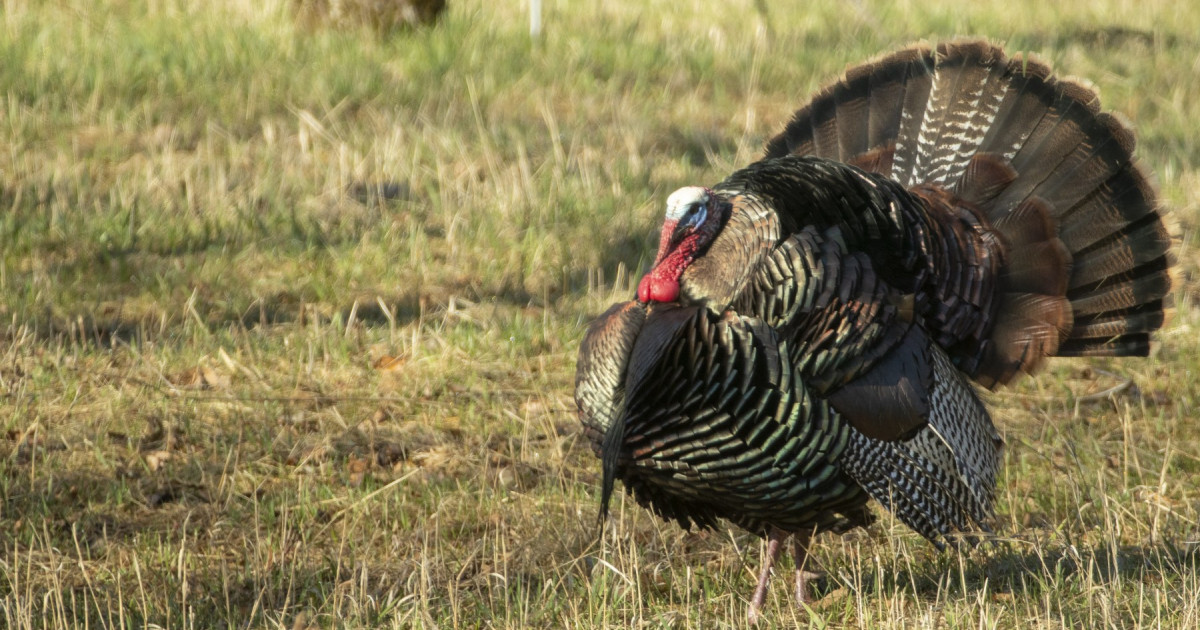Welcome to Facts Vibes! In this article, we’ll explore fun and fascinating facts about turkeys for kids. From their colorful features to unique behaviors, join us as we delve into the wonderful world of these amazing birds. Let’s feather our knowledge with some gobbly-good insights!
Meet the Marvelous Turkey: Fun Facts for Kids
The turkey is a truly remarkable bird that has captured the imaginations of people all over the world for centuries. Here are some fun facts about this marvelous creature that all kids will love to learn about.
1. Wild turkeys can fly in short bursts and reach speeds of up to 55 miles per hour.
2. Turkeys have an acute sense of hearing but have no external ears. They can also see in color.
3. The fleshy growth under a turkey’s throat is called a “wattle,” and the fleshy growth on top of the beak is called a “snood.”
4. Male turkeys are called “toms” or “gobblers,” while females are referred to as “hens.” A baby turkey is known as a “poult.”
5. Benjamin Franklin wanted the turkey, not the bald eagle, to be the national bird of the United States. He believed the turkey was a more respectable bird and a true native of America.
These facts make it clear that turkeys are truly extraordinary creatures, and there is so much more to learn about them!
Most popular facts
A group of turkeys is called a rafter.
Yes, a group of turkeys is called a rafter.
Turkeys can run up to 20 miles per hour when they need to escape from danger.
Turkeys can run up to 20 miles per hour when they need to escape from danger.
The fleshy growth under a turkey’s throat is called a wattle.
The fleshy growth under a turkey’s throat is called a wattle.
Wild turkeys can fly at speeds up to 55 miles per hour.
Wild turkeys can fly at speeds up to 55 miles per hour.
Turkeys have excellent vision during the day, but they don’t see well at night.
Turkeys have excellent vision during the day, but they don’t see well at night.
Benjamin Franklin wanted the wild turkey, not the bald eagle, to be the national bird of the United States.
True. Benjamin Franklin did prefer the wild turkey over the bald eagle as the national bird of the United States.
Turkeys have a diverse diet that includes seeds, nuts, insects, and small reptiles.
Turkeys have a diverse diet that includes seeds, nuts, insects, and small reptiles.
Male turkeys are called toms or gobblers, while female turkeys are called hens.
Male turkeys are called toms or gobblers, while female turkeys are called hens.
Turkeys have a unique vocalization known as a “gobble” which can be heard up to a mile away.
Turkeys have a unique vocalization known as a “gobble” which can be heard up to a mile away.
The snood, the fleshy flap of skin that hangs over a turkey’s beak, can change color depending on the turkey’s mood.
True. The color of a turkey’s snood can change based on its mood.
Domesticated turkeys are unable to fly due to their size and weight.
Domesticated turkeys are unable to fly due to their size and weight.
Turkeys have a keen sense of hearing and can pinpoint the source of a sound quickly.
Yes, turkeys have a keen sense of hearing and can pinpoint the source of a sound quickly.
Baby turkeys are called poults and are able to leave the nest shortly after hatching.
True.
Turkeys have a special gland near their tail that helps waterproof their feathers.
Turkeys have a special gland near their tail that helps waterproof their feathers.
The lifespan of a wild turkey ranges from 3 to 5 years, while domesticated turkeys can live up to 10 years.
The lifespan of a wild turkey ranges from 3 to 5 years, while domesticated turkeys can live up to 10 years.
In conclusion, turkeys are fascinating birds that have played a significant role in various aspects of human history. From their unique physical characteristics to their important symbolism, turkeys are truly remarkable creatures. By learning about these wonderful birds, kids can gain a deeper appreciation for the natural world and the diverse wildlife that inhabits it. So, keep exploring and discovering the amazing facts about turkeys – there’s always more to learn!
